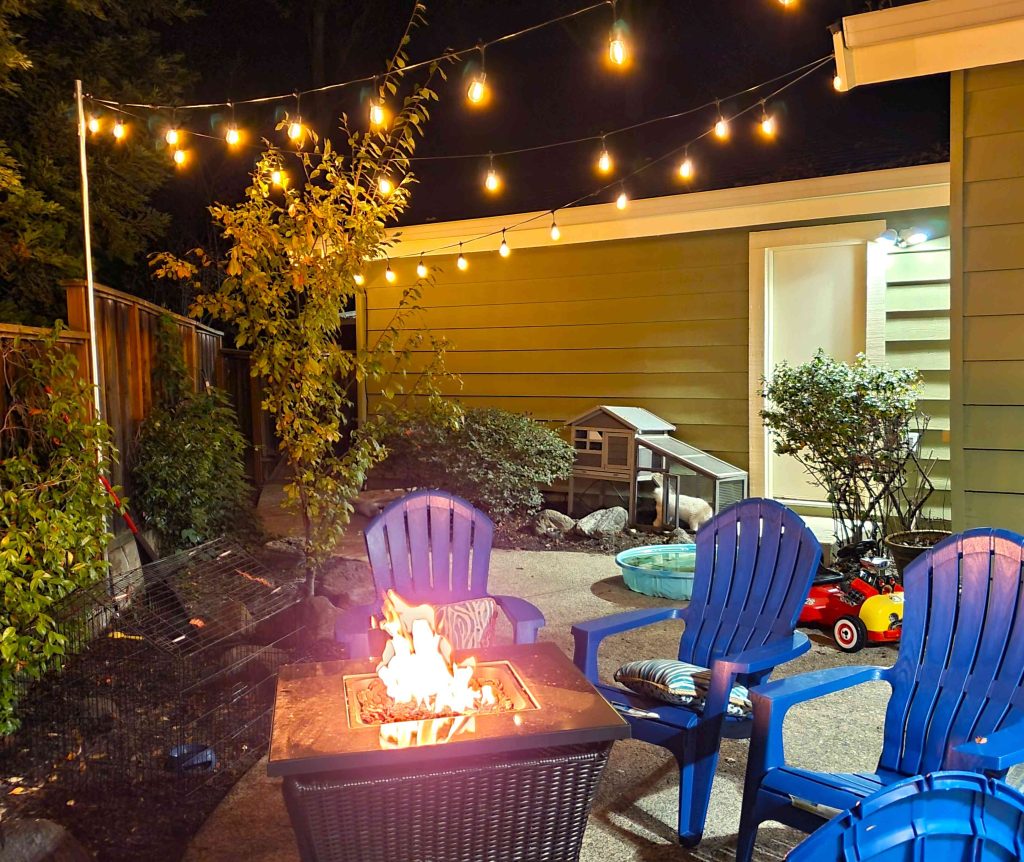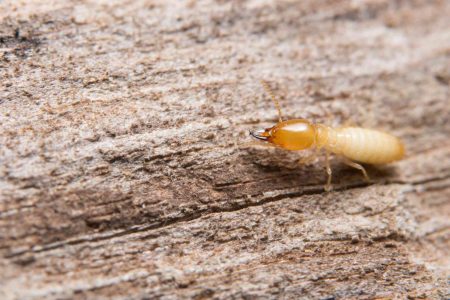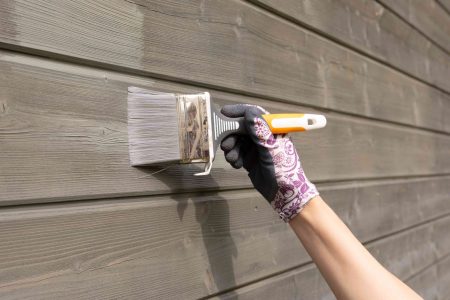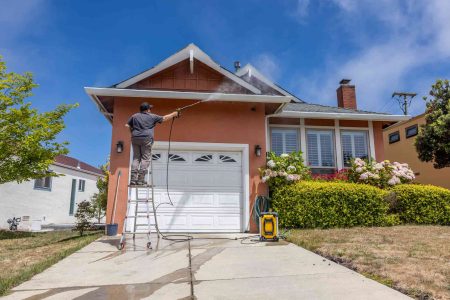Outdoor string lights add light and atmosphere to any patio, backyard, or deck. But finding suitable attachment points for the lights can be difficult. A fence or the house are logical choices but sometimes you need other spots. A DIY light pole planter gives you the flexibility to attach string lights wherever you want.
Before You Begin
A light pole planter is a large weighted container with a vertical pole for attaching string lights at top. Usually, the pole is at least 7 feet tall so that the light string will remain above head.
Start with a large exterior-ready planter, often called a tree planter. The planter should be either circular or square and at least 20 inches by 20 inches at the base. It’s best if the sides are vertical or as close to vertical as possible. It should not have a rounded bottom.
Wood, resin, rubber, and wood-composite are the best materials for the planter. Do not use ceramic, concrete, or terracotta planters.
Safety Considerations
A string light planter made with a four-by-four (4×4) is top-heavy. With the string lights pulling from the side, the potential of tipping is increased.
To minimize the chance of tipping, use a two-by-two (2×2) for the pole instead of a four-by-four. A two-by-two is far lighter than a four-by-four—6 pounds, not 35 pounds—yet it holds the lights just as securely as with a four-by-four.
Wear breathing protection and waterproof gloves (latex or kitchen gloves) when working with concrete.
What You’ll Need
Equipment / Tools
- Thinset and grout paddle mixer
- Electric drill with control handle
- 2 plastic buckets, 5-gallon
- Large mixing cup
- Bubble level
- Duct tape
- Drill bits, set
Materials
- 1 two-by-two, 8-foot, pressure treated
- 1 large plant container, 20-inch
- 2 stainless steel 1/4-inch by 2-inch eye hooks
- 2 bags quick-set concrete
- 1 bag pea gravel
- 1 bag potting soil
- 4 galvanized angles, 3-inch by 3-inch by 1-1/2-inch
- Landscape fabric
- String lights
Instructions
-
Establish Work Area
Find an area about 8 feet by 8 feet that is perfectly flat and level. Lay down sheet plastic to protect the surface.
-
Stain and Coat Pole
Stain or apply other desired coatings to the pole. If the two-by-two is pressure-treated, it does not need stains or coatings for durability—only if you want them for appearance.
-
Attach Eye Hooks to Pole
Screw the eye hooks into the pole’s intended top.
-
Attach Angles to Pole
Using the screws included with the set of galvanized angles (L-brackets), attach one angle per side of the two-by-two. Attach the angles at the bottom of the pole so it forms a cross-shaped stand.
-
Attach Pole to Planter
Screw the pole into the bottom-center of the planter. Use the bubble level to make sure that the pole is perfectly plumb (straight).
-
Mix Concrete
In the 5-gallon bucket, mix 8 cups of water with a 50-pound bag of fast-setting concrete or use the proportions specified on the bag. To save time, mix the two buckets side by side. Using the drill and attached control handle, mix the concrete with the paddle mixer.
-
Pour Concrete Into Planter
Pour the buckets of concrete into the planter. Tamp down the wet concrete with a scrap piece of wood to remove air pockets.
-
Drill Weep Holes
After the concrete has cured, drill weep holes (drainage holes) in the side of the planter. The weep holes should be at the level of the concrete. From the inside-out, drill four holes that start at the edge of the concrete and work to the outside of the planter.
-
Add Pea Gravel
Add about 3 inches of pea gravel. The gravel prevents water from pooling on the concrete and helps it drain out.
-
Lay Down Landscape Fabric
Add a layer of landscape fabric on top of the pea gravel. This prevents the potting soil from clogging the pea gravel.
-
Add Soil and Plants
Add 8 to 12 inches of potting soil to the top of the landscape fabric. Add plants or flowers.
-
Add String Lights
Move the light pole planter into place. It should be on a flat, level spot. Run the string lights from pole to pole. Attach the lights to the eye hook with a zip-tie or wire.
Tips For Making a DIY Light Pole Planter
- As a rule of thumb, the concrete should fill the planter about halfway. This leaves the other half for gravel and soil.
- The planter can also be built without the intermediate step of screwing the pole to the bottom or using brackets. Just be sure to brace the pole and hold it plumb while the concrete is curing. Eliminating this step saves time when building several light pole planters.
- For a sleek, contemporary look, use a metal 1-1/4-inch by 8-foot EMT (Electric Metallic Tube) conduit instead of a wood two-by-two.
- Add one hook at the top and another hook about 6 inches down for more places to attach the lights.
Read the full article here














